Electric Truck Knowledge
Research on the Verification System of Fuel Cell Systems for Passenger Vehicles
Posted on by Electric Trucks
1. Preface
As a zero-pollution new energy vehicle, fuel cell vehicles are regarded as the ultimate goal of future automobiles. Since Toyota released the first hydrogen fuel cell vehicle, Mirai, Honda has developed the Clarity and Hyundai has developed the NEXO fuel cell model. In recent years, China has also accelerated the layout of the hydrogen fuel cell vehicle industry chain, but it is mainly applied in the commercial vehicle field. As of August 2020, there are a total of 43 hydrogen fuel cell vehicle enterprises in China that have entered the promotion catalogue of new energy vehicles.
At present, the main enterprises in the passenger vehicle field of hydrogen fuel cell vehicles in China are SAIC and GAC. SAIC launched the Roewe 950 fuel cell passenger vehicle at the 2010 World Expo, and GAC also launched the GAC Aion LX Fuel Cell hydrogen fuel model in 2020.
With hydrogen fuel cell vehicles receiving more and more attention from countries and enterprises, the construction of the relevant standard system in the fuel cell vehicle industry must also be strengthened.
Therefore, to develop a high-quality fuel cell vehicle and fuel cell system, a strict verification system is needed to verify the fuel cell system. Each vehicle enterprise and related fuel cell system design manufacturers need to construct a strict, comprehensive, reliable, and fuel cell system verification system that meets the requirements of their own products.

2. The Current Situation of the Fuel Cell System Verification System
At present, countries around the world have formulated relevant policies and regulations to encourage the development of fuel cell vehicles, and a relatively complete standard system has now been formed to regulate and guide the development of the industry. Wang Fang from CATARC, etc. conducted a comparative analysis of domestic and foreign standards related to fuel cell vehicles and fuel cell systems. The analysis results are shown in Table 1.
It can be seen from Table 1 that domestic standards in China are gradually improving, but vehicle standards are relatively lacking. At the same time, both domestic and foreign standards need to strengthen the establishment and sorting of the fuel cell system standard system.
Table 2 mainly shows the relevant standards for fuel cell vehicles. A complete fuel cell vehicle evaluation system should include six-dimensional test contents of dynamic performance test, economic performance test, safety test, environmental adaptability test and driving characteristic test. However, the current standards only involve dynamic performance tests of safety requirements and maximum vehicle speed tests.
Therefore, the test standards for fuel cell vehicles need to be further improved. Table 3 mainly shows the relevant standards for vehicle fuel cell systems. Currently, the standards for vehicle fuel cell systems only involve standards related to fuel cell performance and hydrogen emissions, lacking a complete and comprehensive development standard guidance system for vehicle fuel cell systems.
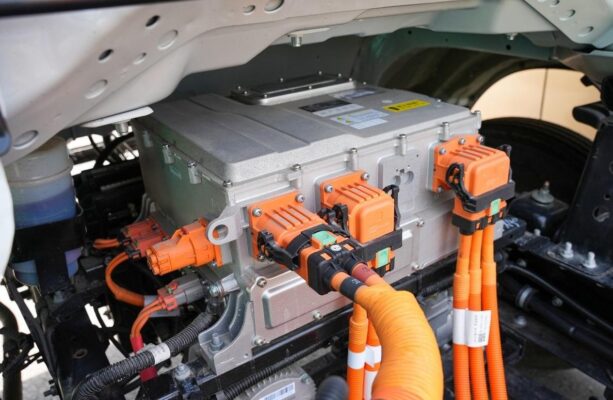
3. The Purpose of Establishing the Fuel Cell System Verification System
As one of the core systems of fuel cell vehicles, during the research and development process of fuel cell systems, constructing a comprehensive and complete fuel cell system verification system can better regulate and guide the verification work of fuel cell systems, and verify and discover the risks of design, process, safety and regulations of fuel cell systems at the system-level product research and development stage. Therefore, during the research and development process of fuel cell systems by each vehicle enterprise, they not only need to draw on domestic and foreign standard systems, but also need to construct a fuel cell system verification system that meets the requirements of the enterprise to guide the research and development of their respective fuel cell systems.
4. Principles for Establishing the Fuel Cell System Verification System
First of all, the fuel cell system verification project must be constructed based on the analysis from the perspective of the vehicle design target and combined with the actual feasibility. Therefore, the fuel cell system verification system is constructed from six dimensions of matching, functionality, economy, safety, environmental reliability test and durability (Figure 1); Secondly, the verification system of the fuel cell system must be constructed in combination with the verification system of the fuel cell vehicle and the verification system of components. For example, some projects with poor executability can be considered to be replaced by component or vehicle verification projects; Finally, like other systems, the verification system of the fuel cell system must have corresponding comprehensiveness, rationality and feasibility in order to effectively carry out related verification work in the development link of the fuel cell system.
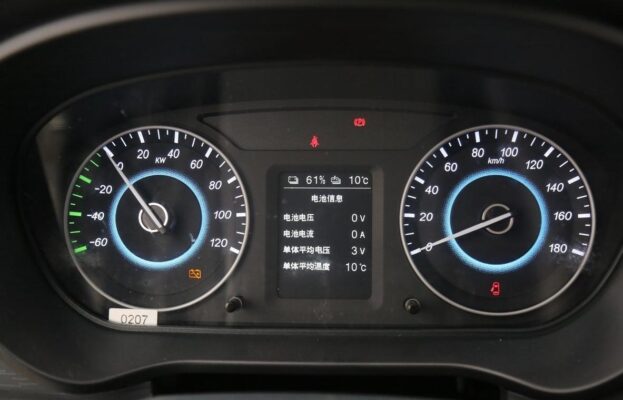
5. The Fuel Cell System Verification System
5.1 Matching Verification
Each vehicle has its own target for vehicle curb weight management and it will be decomposed to each subsystem. To meet the vehicle curb weight requirements, each subsystem quality design target will be set during the development of the fuel cell system. At the same time, mass is also an important parameter for the power density calculation of the fuel cell system. A high level of vehicle lightweighting is the basis for high power density. The matching verification of the fuel cell system must include mass measurement. In addition, to meet the vehicle layout space, for a fuel cell system with a high integration degree, its overall size should be measured to see if it meets the requirements. For a fuel cell system with a low integration degree, it can be considered to be measured and verified from the component perspective.
5.2 Functional Verification
According to the overall dynamic performance requirements of the fuel cell vehicle, the power and starting characteristics of the fuel cell system must meet the dynamic performance requirements of the vehicle. Decomposed from the perspective of the vehicle dynamic performance, the power characteristics, starting characteristics, steady-state characteristics and dynamic response characteristics of the fuel cell system should be included in the key functional indicators.
At present, the national standard GB/T 24554 “Test Method for Performance of Fuel Cell Engines” regulates the test methods for the rated power, peak power, starting characteristics, steady-state characteristics and dynamic response characteristics of the fuel cell system. Each enterprise can build and improve the functional verification project of the fuel cell system based on this standard and combined with the operating conditions of the fuel cell vehicle developed by the enterprise.
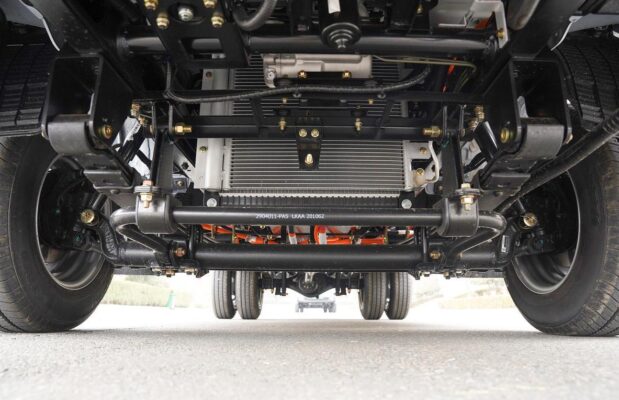
5.3 Economic Verification
Generally, fuel cell vehicles are required to use less hydrogen to have a longer driving range, and there are test requirements for energy consumption and driving range of the vehicle. At present, China Automotive Technology and Research Center has also initiated and is studying the “Test Method for Energy Consumption and Driving Range of Fuel Cell Electric Vehicles”. Therefore, based on the decomposition principle from the vehicle verification system to the system verification system, hydrogen consumption and hydrogen emissions should be listed as the key economic indicators of the fuel cell system, and its economy should be concerned and investigated at the system research and development stage. Refer to the national standard GB/T 34593 “Test Method for Hydrogen Emission of Fuel Cell Engines” to test the hydrogen consumption and hydrogen emissions of the fuel cell system under steady-state and cycling conditions.
5.4 Safety Verification
Fuel cell vehicles use hydrogen as the power source and have unique systems that other new energy vehicles do not have, and have strict safety requirements. The national standard GB/T 24549 “Safety Requirements for Fuel Cell Electric Vehicles” stipulates the safety requirements for the unique fuel system, fuel cell system, power battery system, functions, fault protection and collision of fuel cell electric vehicles. Section 4.3 is the unique safety requirement for the fuel cell system.
Therefore, a complete safety verification must be constructed in the fuel cell system verification system, including the air tightness, insulation, electric shock protection and IP protection tests of the fuel cell system.

5.5 Environmental Reliability Verification
As a power system installed in the engine compartment of a passenger vehicle, the environmental reliability of the fuel cell system must meet the requirements of its use environment and related test conditions. The national standard GB/T 28046, etc. describe the environmental conditions and related test methods of systems and components installed at specific locations on the vehicle.
Therefore, when constructing the environmental reliability verification system of the fuel cell system for passenger vehicles based on GB/T 28046 and combined with the actual use environment of fuel cell passenger vehicles, the influences of mechanical load, climate load, electrical load and chemical load on the fuel cell system must be considered.
The fuel cell system for passenger vehicles is installed in the engine compartment. Road loads and loads such as motors will have a certain impact on its structural strength. Therefore, like the power battery system, the mechanical load capacity of the fuel cell system is evaluated from three perspectives: mechanical vibration, mechanical shock and collision.
At present, there is no definition of the vibration power spectrum and shock level for the fuel cell system in the national and international standards. The vibration spectrum collected from the actual vehicle can be used as the vibration shock test condition to carry out the test.
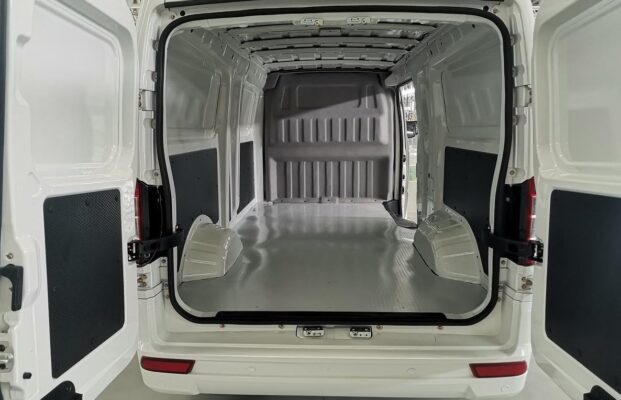
The climate load mainly considers the influence of environmental conditions such as temperature, humidity and altitude on the fuel cell system. Therefore, high-temperature storage and low-temperature storage tests are used to simulate the performance of the fuel cell vehicle after parking and stationary in high-temperature and low-temperature environments; The low-temperature cold start characteristic is a key characteristic and also a design difficulty in the design and development of the fuel cell system. Therefore, a low-temperature cold start test must be designed to simulate the starting performance under low-temperature boundary conditions. At present, the low-temperature cold start test methods for fuel cell vehicles and fuel cell systems are under research; High-temperature operation and low-temperature operation are used to simulate the operating performance of the fuel cell system at the high-temperature and low-temperature design boundaries; The higher the altitude, the thinner the oxygen in the air. As one of the reaction gases of the fuel cell system, the amount of oxygen content has a great influence on the power characteristics of the fuel cell system. A high-altitude operation can be designed to verify the operating performance of the fuel cell system at the plateau site; In addition, the temperature and humidity cycle will also cause condensation in the fuel cell stack and will have an impact on some electrical components. However, considering the difficulty of actual operation, the component climate can be considered to replace the relevant tests of the vehicle.
The electrical load can define its working mode and functional state level according to the characteristics of the fuel cell system, and carry out related electrical load test projects in combination with operability. For those that cannot be carried out, they can be replaced by components. The verification of the chemical load of the fuel cell system can be completely replaced by components.
In addition, as a new energy vehicle, electromagnetic is an important and inevitable environmental factor for fuel cell vehicles. The fuel cell system has a fuel cell controller, a large number of high and low voltage harnesses and CAN communication cables, etc. The anti-electromagnetic interference ability should be an important assessment item. Therefore, the electromagnetic compatibility test (i.e. EMC test) must be included in the environmental reliability verification system of the fuel cell system. At present, the “Test Method for Electromagnetic Compatibility Performance of Fuel Cell Engines” organized and compiled by the Automotive Testing Technology Branch of the Society of Automotive Engineers of China is under soliciting opinions, while the national standard for the electromagnetic compatibility test method of the fuel cell system has yet to be established.
5.6 Durability Verification
As a kind of power source, the fuel cell system converts chemical energy into electrical energy, and then electrical energy into mechanical energy of the motor. Its core component, the fuel cell stack, is the same as the power battery system. The chemical characteristics of the fuel cell stack will continuously decay until failure with the increase of usage time; its key auxiliary systems, such as air compressors and water pumps, as the usage time increases, when reaching a certain fatigue life, the components of the air compressor and water pump will be damaged and fail. Therefore, the verification system of the fuel cell system must plan durability verification. The vehicle driving durability conditions can be collected to carry out the driving test of the fuel cell system, and the NEDC or WLTC conditions can also be collected to carry out the life test of the fuel cell system, etc.
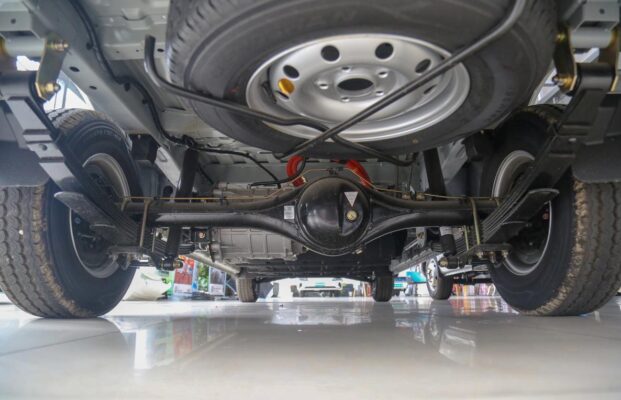
6. Conclusion
Through the above analysis, the fuel cell system verification system shown in Figure 2 can be established, which has an important guiding role in the development of fuel cell systems, mainly reflected in:
(1) The matching verification project ensures that the size and quality of the developed fuel cell system meet the vehicle space layout and vehicle quality requirements;
(2) The functional verification project ensures that the developed fuel cell system meets the vehicle functional target and also meets the design requirements of national mandatory inspection;
(3) The economic verification project ensures that the hydrogen utilization rate of the fuel cell system meets the design standard, thereby improving the economy of the fuel cell vehicle.
(4) The safety verification project ensures the safety of the fuel cell system, thereby ensuring the hydrogen safety of the fuel cell vehicle; the environmental reliability project ensures the mechanical load resistance, climate load resistance, electrical load resistance and anti-electromagnetic interference ability of the fuel cell system, thereby ensuring the environmental reliability of the fuel cell vehicle;
(5) The durability test project ensures that the fuel cell system meets the service life of the vehicle. At the same time, as a driving system, the fuel cell system can also meet the vehicle driving durability operating conditions and durability requirements.